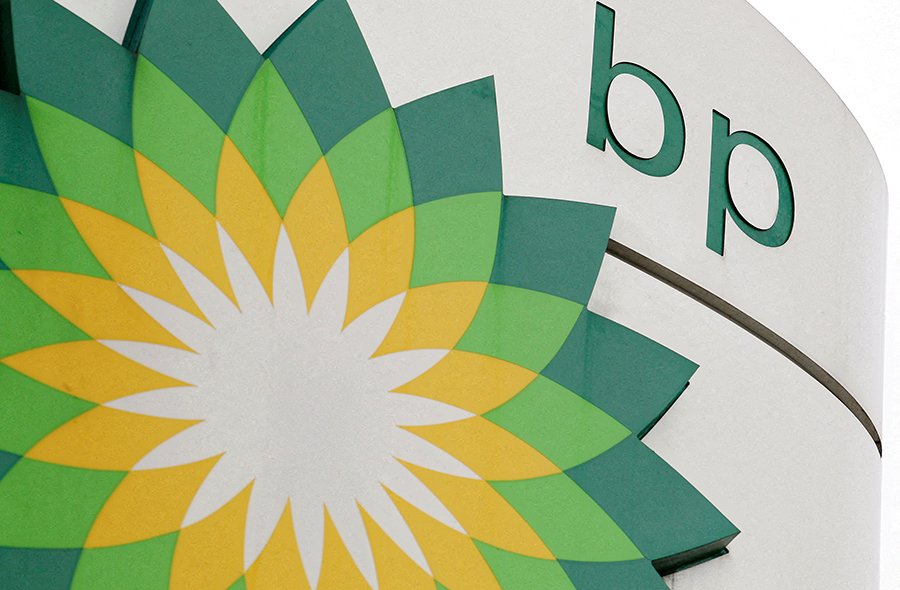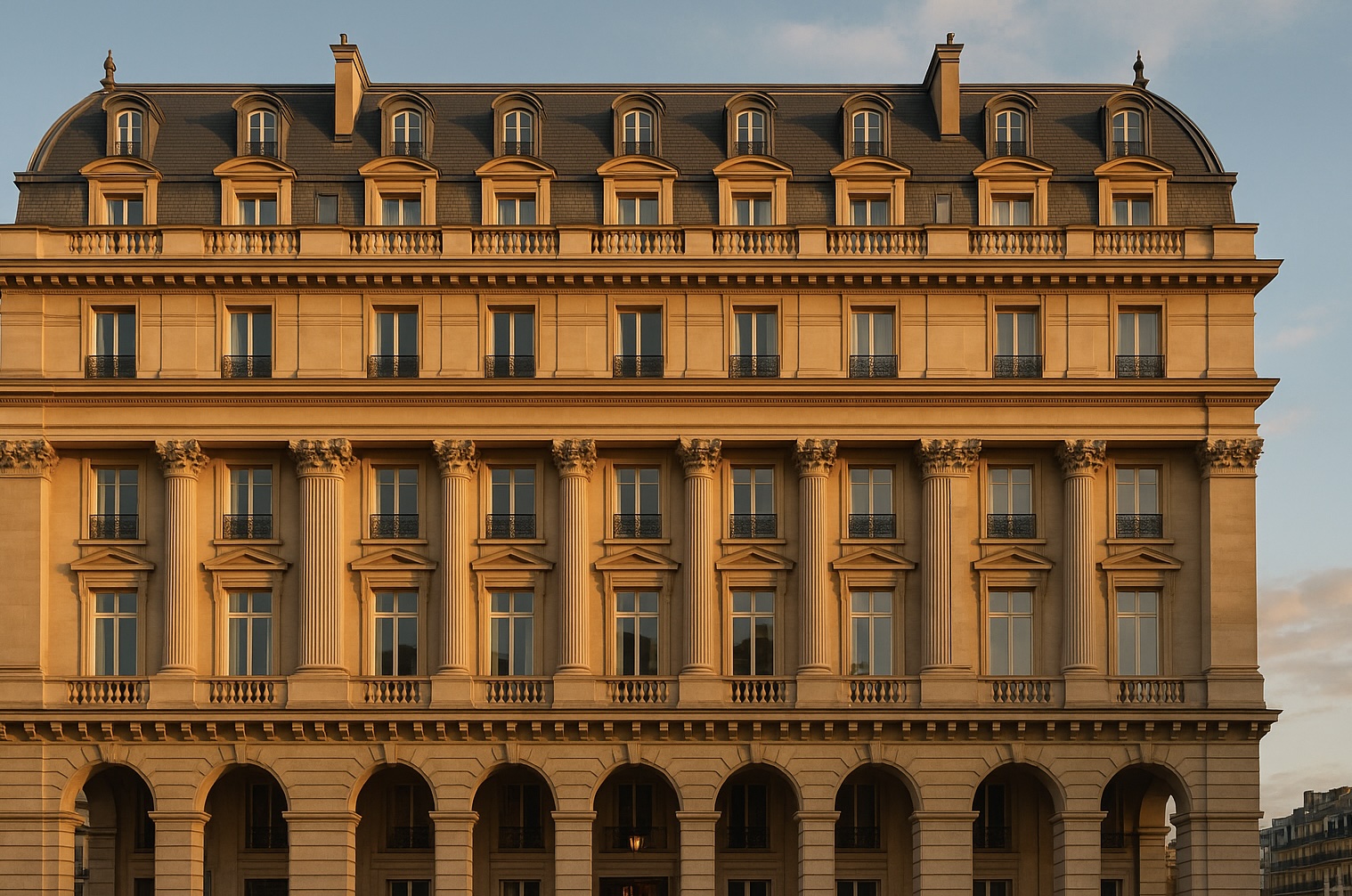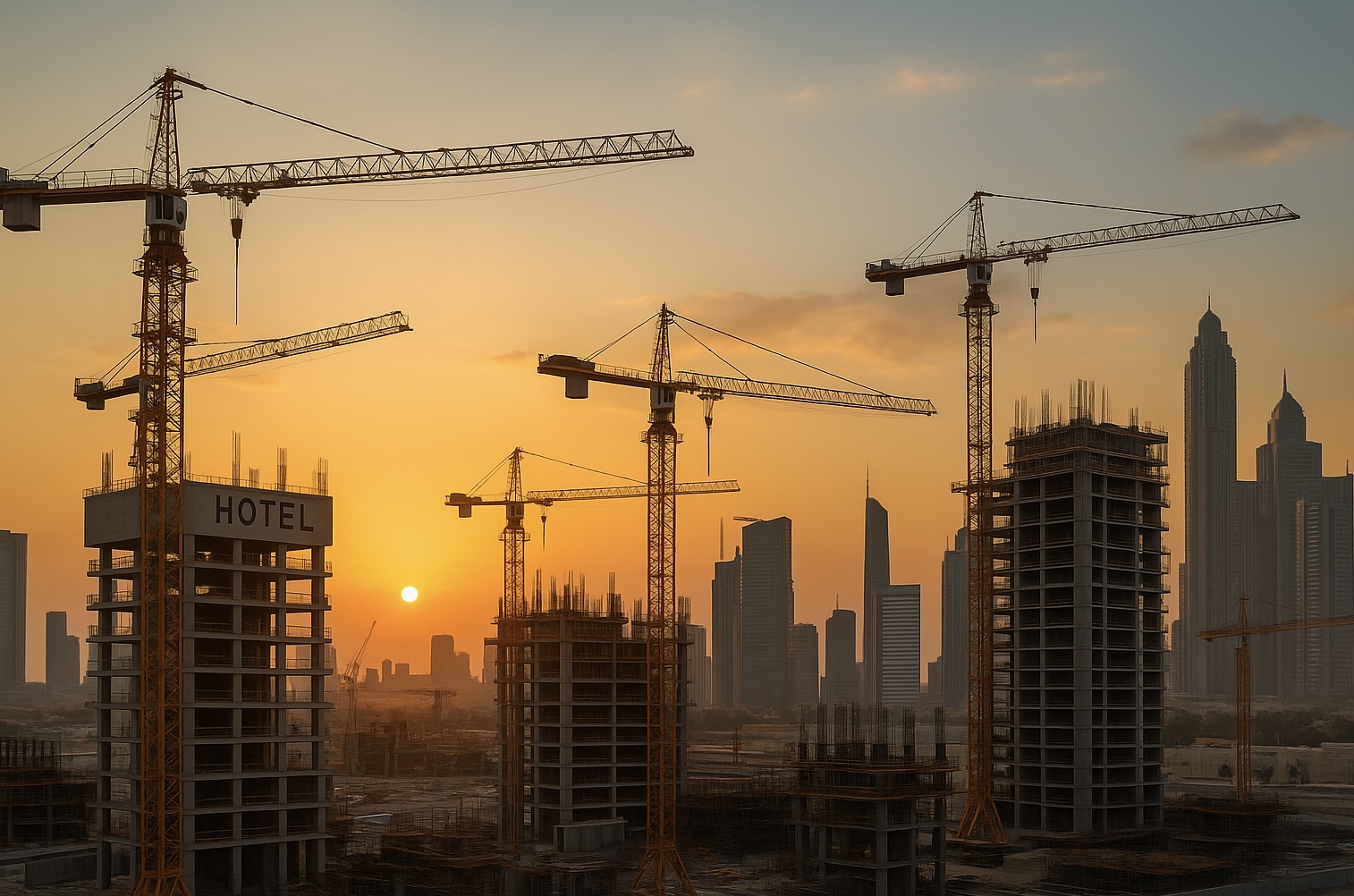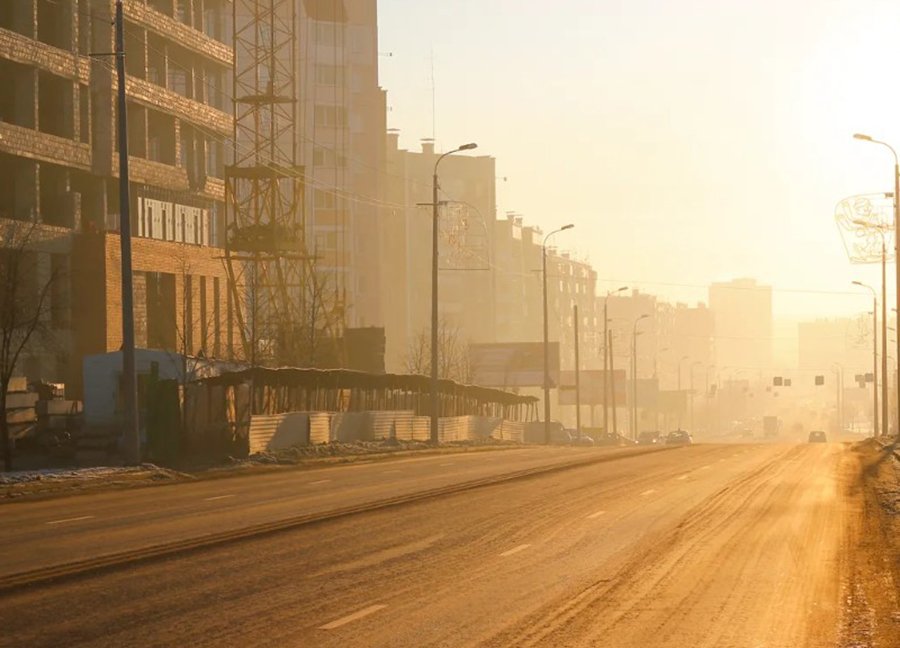читайте также
 Spain’s Real Estate: Record Prices and Falling Yields
Spain’s Real Estate: Record Prices and Falling Yields
 Fuel crisis at Seattle Airport: the Olympic Pipeline outage has disrupted supplies
Fuel crisis at Seattle Airport: the Olympic Pipeline outage has disrupted supplies
 European Hotel Construction Market Breaks Records: Upper Upscale Segment Reaches New Heights
European Hotel Construction Market Breaks Records: Upper Upscale Segment Reaches New Heights
 Middle East Hotel Construction Pipeline Hits Record High: 659 Projects and 163,816 Rooms Under Development
Middle East Hotel Construction Pipeline Hits Record High: 659 Projects and 163,816 Rooms Under Development
 New Rules for Greece’s Golden Visa: What Changes for Investors
New Rules for Greece’s Golden Visa: What Changes for Investors
 Holiday Travel 2025: Less Spending, More Generational Shifts — Deloitte’s New Forecast
Holiday Travel 2025: Less Spending, More Generational Shifts — Deloitte’s New Forecast
Housing in Russia: Rental Yield and Pay-back Periods in 2025

Photo: Goodfon
The most expensive housing in Russia is offered for sale and rent in Moscow, yet its pay-back period is longer than in Saint Petersburg and Volgograd, analysts from RBC-Realty calculated based on data from the Etazhi agency. The fastest cost recovery is possible in Chelyabinsk. The average profitability in Russia’s major cities remains modest.
The indicators were calculated by comparing purchase cost and annual rental income for a one-room apartment of 37 m² in the secondary market. It was assumed that the apartment was bought without mortgage and is rented continuously without vacancies. Additional costs—property tax, maintenance, repairs—were not included. Analysts at International investment also estimated gross rental yield.
The average purchase price for such housing in Russia’s large cities in 2025 is 6.5-7 million RUB (~US $80,200–86,400), with a monthly rent of ~38,000 RUB (US $470) — converting as of 24 October 2025. This puts the pay-back period at 14.5 years, corresponding to a yield of 6.89% in ruble terms.
In Moscow the one-room average costs 13.6 million RUB (~US $167,400), and rent is 66,200 RUB/month (~US $820). At these numbers the pay-back period reaches 17 years and 1 month, and yield is ~5.85%.
In Saint Petersburg the numbers are: ~8.8 million RUB (~US $108,600) purchase, 41,400 RUB/month (~US $510) rent, yielding ~5.61% and pay-back of ~17 years 10 months. In Volgograd: purchase ~4.7 million (~US $58,000), rent ~22,600 RUB (~US $280/month), pay-back >17 years, yield ~5.79%.
In Kazan, Ufa and Voronezh the pay-back periods are ~15-16 years, yields ~6.3-6.5%. In Yekaterinburg and Novosibirsk the figures are near the national average — ~14-15 years, ~6.8% yield. In Nizhny Novgorod and Samara the return takes over 15 years, yield ~6.4%. In Krasnoyarsk and Rostov-on-Don — ~14.5 years and ~6.9% respectively.
The fastest pay-back is recorded in Chelyabinsk — ~13 years. There, the average apartment costs ~4 million RUB (~US $49,400), rent ~25,900 RUB/month (~US $320). Yield from rent reaches ~7.69% annually — best among Russia’s million-plus cities. However, overall it remains modest, especially when currency risks are considered. If you factor in vacancies and repair/maintenance costs, 5-7% can easily convert into 3-4% or even lower.
A rental yield of 5-6% annually may look moderate compared to bank deposits, but it comes with high uncertainty. Russia’s housing market is historically sensitive to fluctuations of the ruble: from ~30 RUB/USD in the early 2010s to 40, then 60-70, and in places 120 RUB. Over the long term such fluctuations erode ruble-based yields, and in dollar terms many owners saw losses of 50% or more. That means simply holding an apartment in rubles could underperform just holding dollars.
With another devaluation, rental income in rubles may lose much of its value in USD terms and the asset value may drop further in foreign-currency equivalent. This means not only lower real income but also resale risk. Even in cities with the highest yields the figures are only formally attractive: 7.69% in rubles might be ~5% in USD and that only with stable exchange rate. Ultimately the residential rental market in Russia works better for preserving ruble capital than growing it—and it’s more of a long-term capital-preservation tool than a real growth investment. Also worth noting: sanctions on Russia may weaken the ruble. The central bank can hold rates artificially but not indefinitely. Market conditions will eventually force adjustment and that means further value loss for investments denominated in rubles.
Against this backdrop of moderate yields in Russian big cities, actively developing foreign markets look significantly more attractive for investment. For example, in Georgia (economy with sustained growth) best returns come from branded hotel-residences and managed apartments, especially in the luxury segment.
One prominent example: Wyndham Grand Residences Batumi Gonio, where owners are offered a 10% USD-denominated guaranteed return with potential increase up to 17%. The management company is Aimbridge Hospitality – a global operator with a portfolio of over 1,500 hotels, which provides professional management and reliable payouts.
The yield story is driven by a scarcity of luxury product, rising demand for resort stays, high occupancy (~80% even low season) and institutional-style management from a global operator.
Growth of interest in resort hotel real estate links directly to rising tourist flows. In the past three years foreign visitor numbers in Georgia rose nearly one-third, and Batumi cemented its position as a major internal and international tourism hub. Infrastructure expansion and rising hotel occupancy benefit investors in rental-pool programs.
Another advantage: simple and transparent conditions for foreign buyers. Citizens of Russia and most CIS countries enjoy visa-free regime for up to one year, property acquisition rules are simple, registration of ownership is fast, rental income tax is minimal. All this makes the Georgian market not only more profitable but much less risky than ruble-based residential rental investment in Russia.





